Amid Rising Global Uncertainties, New Directions for Human Development in Asia and the Pacific
The story of human development in Asia and the Pacific has been one of long-term progress, but also one of persistent disparity and widespread disruption.
The Asia-Pacific region has seen rapid poverty reduction, having lifted 1.5 billion people out of extreme poverty in a few generations. Yet, millions continue to live precarious lives amid entrenched inequalities. And across countries in the region progress in human development has been uneven, with the pandemic and follow-on shocks creating major disruptions.
The 2024 Asia-Pacific Human Development Report Making our Future: New Directions for Human Development in Asia and the Pacific, argues that unmet aspirations, heightened human insecurity, and a potentially more turbulent future create an urgent need for change.
The report paints a qualified picture of long-term progress, but also persistent disparity and widespread disruption, foreseeing a turbulent development landscape and urgently calling for new directions to boost human development.
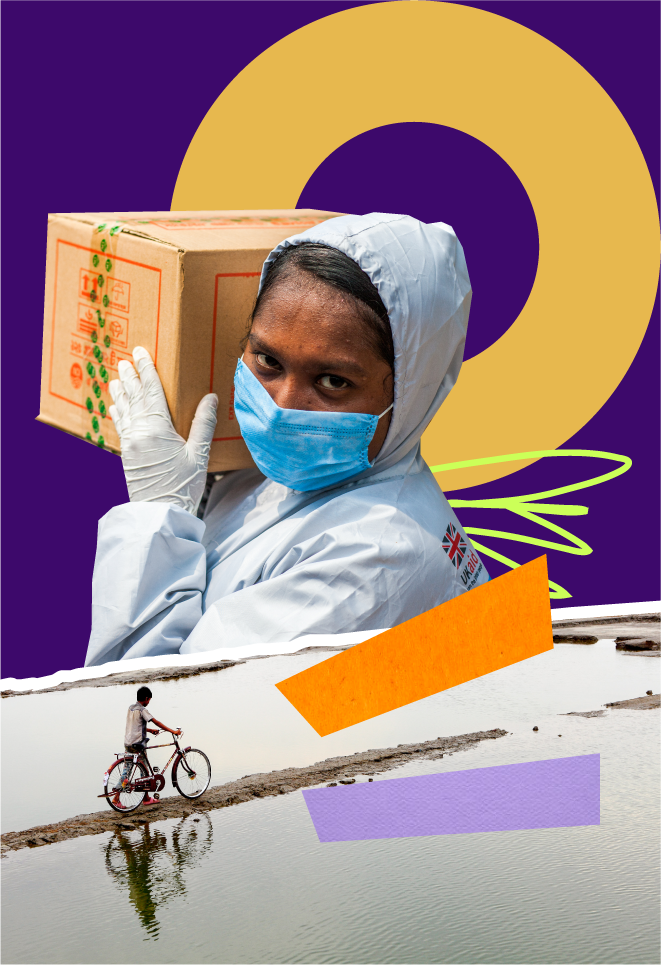
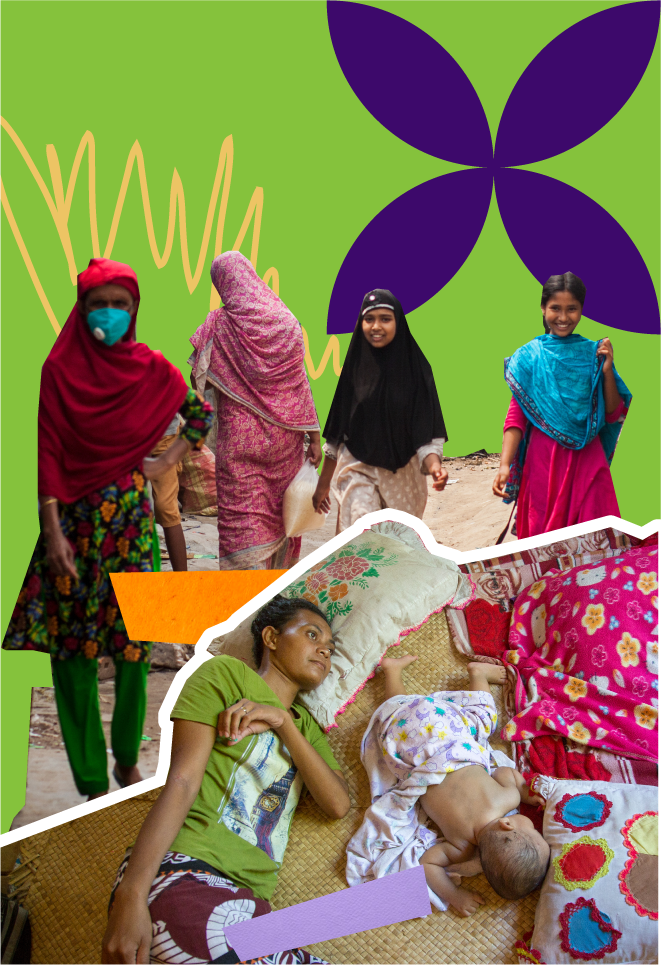
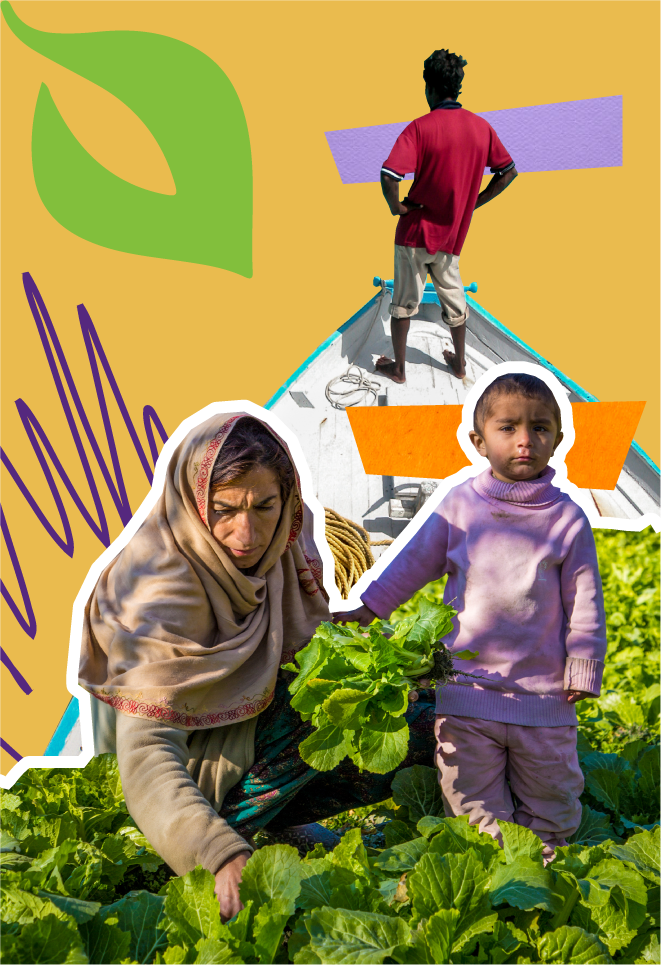
Converging risks
To catch up on the human development backlog and confront the turbulent times that lie ahead, the region’s development strategies need to focus more on improving the lives of both current and future generations. Alarmingly, the region is not on track to achieve any of the SDGs by 2030, but by 2065.
People face multiple existential threats to their security from climate change and pandemics. Furthermore, new patterns in globalization amidst intense demographic and technological change are challenging the established drivers of economic growth and job creation across the region. And there are mounting risks to the momentum of reform and implementation arising from the democratic backsliding, erosion of institutional integrity, and the growing polarization of public opinion through social media.
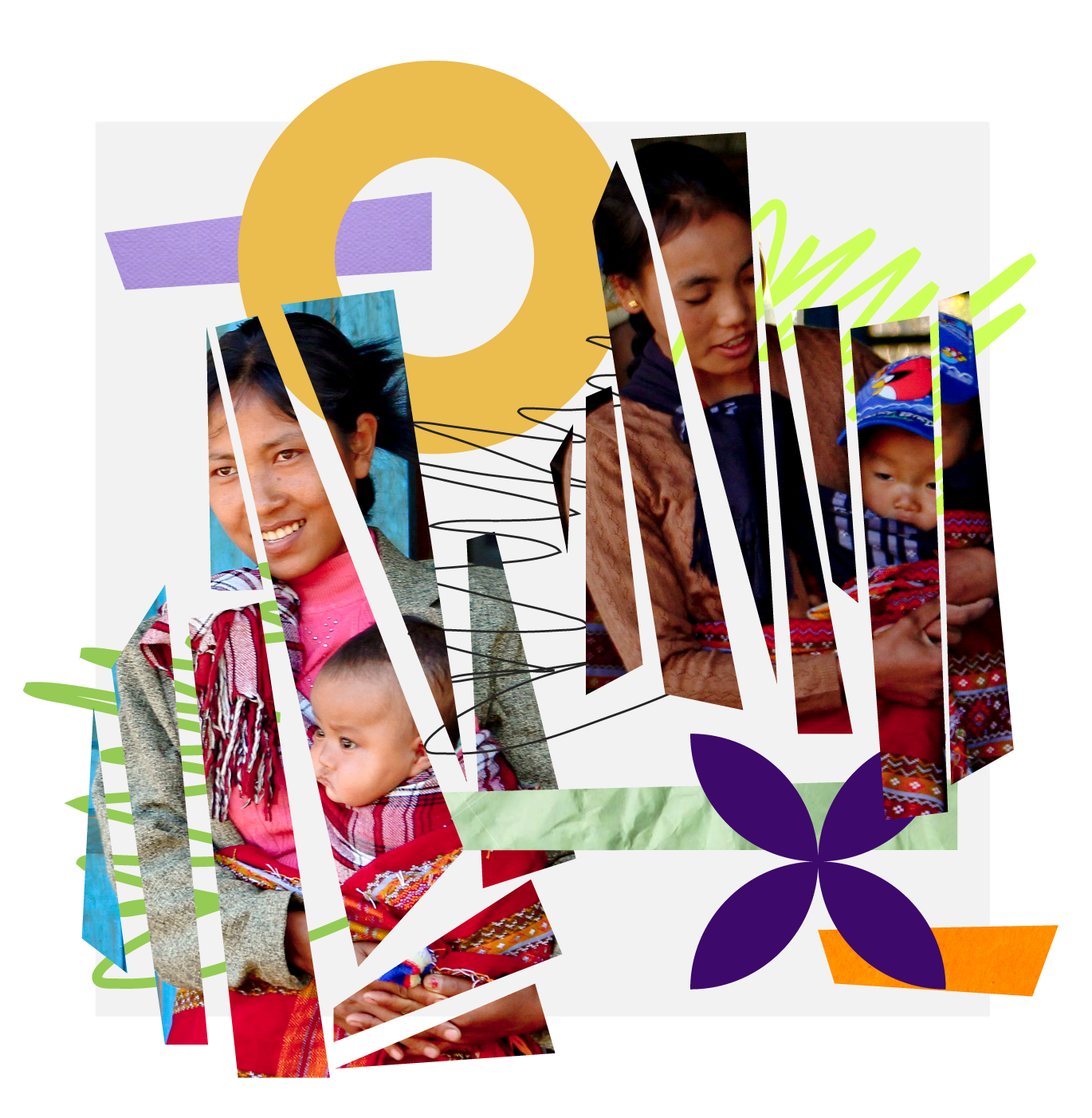
Unmet aspirations heightened human insecurity, and a potentially more turbulent future create an urgent need for change.
Looking ahead, while the region can find inspiration in its past successes, setting new directions for human development will require a revamp of old practices in three areas.
The Asia-Pacific region is the birthplace of the export-led growth strategy, and where the human development approach, the brainchild of two South Asian economists, was operationalized across several countries. However, to ensure more prosperous, equitable, and environmentally sustainable outcomes in the 21st Century, these paradigms need to be reshaped, modernized, and mainstreamed.
As we look into the future, three new policy directions are key:
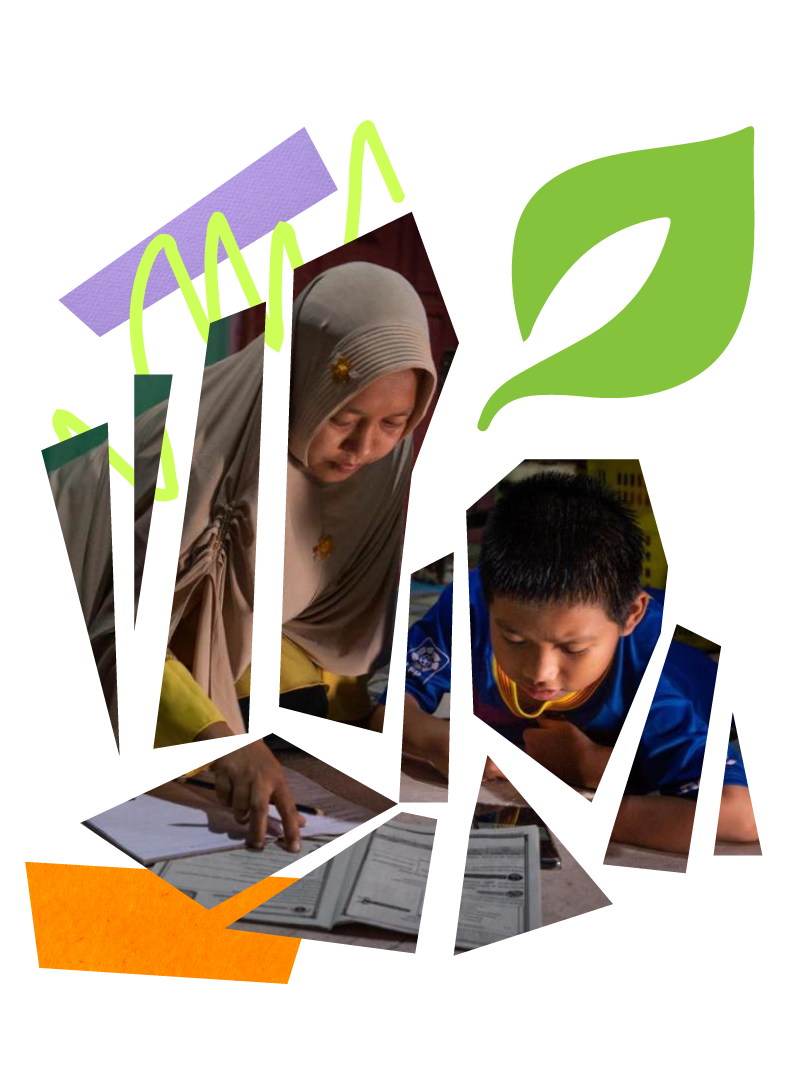
MAINSTREAMING HUMAN DEVELOPMENT
The human development approach should be mainstreamed better so that the rights and needs of current and future generations are at the heart of any future development strategy.
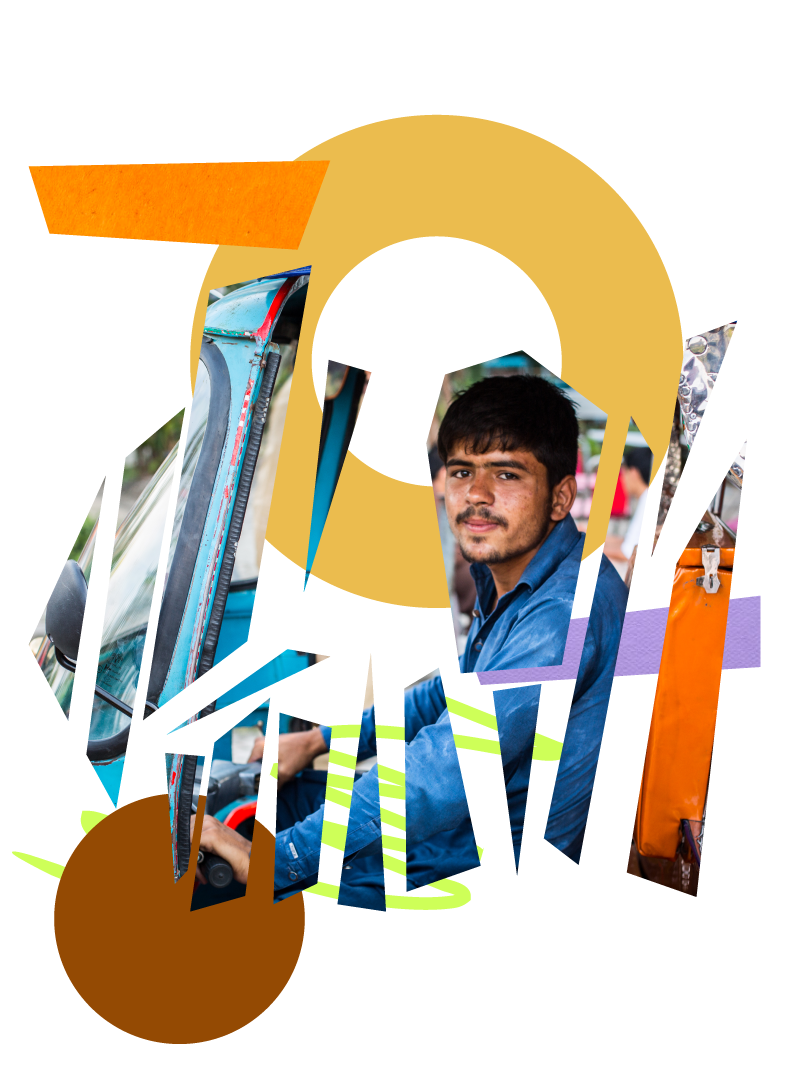
RECALIBRATING GROWTH STRATEGIES
Growth strategies need to evolve with the times to produce not only sustained growth but also growth that is of the right kind, meaning that it generates quality jobs and reinforces human development in all of its dimensions.
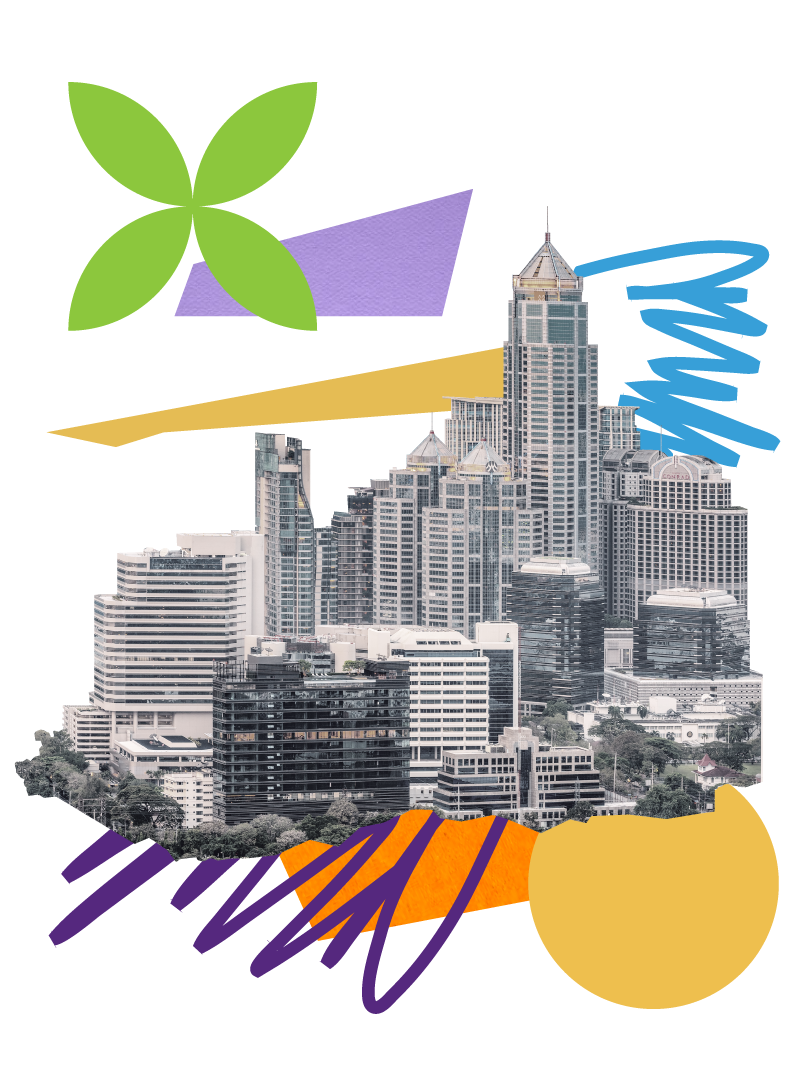
MAKING CHANGE HAPPEN
Making change truly happen means going one step further and addressing issues of governance and the politics of reform, so that we can spark interest in change and deliver it better.
'The right kind of growth'
The call for economic growth should be louder, not quieter, as growth remains essential for human development, but it needs to be of the right kind. Sustaining rapid growth of the right kind requires recalibrating overall growth strategy, aggressively pursuing new opportunities, and tweaking existing policy levers.
Making Our Future: New Directions for Human Development in Asia and the Pacific
The Report considers how the region can address these risks and make further advances in human development. For this, it can build on two proven paradigms – those of human development and export-led growth.
Both originated in Asia and the Pacific, and they remain rich sources of ideas and inspiration.
But they need to be adapted for a new era. The Report shows how countries in the region can revitalize their development strategies to close existing gaps and boost human security, with an unrelenting focus on governance and the politics of reform.
As the world’s most populous region, and an economic powerhouse, Asia and the Pacific has significant weight in global development. So new ideas for reigniting human development in this region will also have major implications for the world as a whole.
Sustaining rapid growth of the right kind requires a change of tack. Given external headwinds and technological shifts, export-led growth will require greater proactiveness in seeking external opportunities while doubling down on external competitiveness. Concomitantly, countries can continue to realize the potential of domestic markets by promoting domestic integration and subnational specialization, by harmonizing regulations, improving productivity and transportation, and supporting entrepreneurship. They can also spur growth through inclusion by dismantling barriers to equal opportunities for women, youth and other marginalized groups.
Four new growth opportunities present themselves. Manufacturing can still bring many benefits with links to trade and innovation. New opportunities can be leveraged in the service and agriculture sectors and their intersection through digital and biochemical technologies. Tapping into green and blue economies can help strengthen value chains and infrastructure and optimize and sustain land and marine resources, especially for Small Island Developing States. The purple or care economy can create opportunities for women and girls by fostering greater economic and political participation. And frontier technologies can be harnessed to ramp up R&D and manufacturing to produce complex, higher-value products such as electric vehicles and pharmaceuticals.
Several policy choices emerge to safeguard growth and spur job creation. Effective leadership and governance form the foundation. Macroeconomic stability requires fiscal discipline and affords flexibility to pursue reform. And to tap into markets created by the region’s booming middle classes, governments and industry will need greater external focus – seeking to deepen regional trade ties while also fostering connections at the global level. Streamlining business processes, reforming state enterprises, and fostering start-ups and entrepreneurship remain essential for market competitiveness. Techno-industrial strategies should promote innovation, prioritize market cues, permit firm exits, and consider environmental impacts.
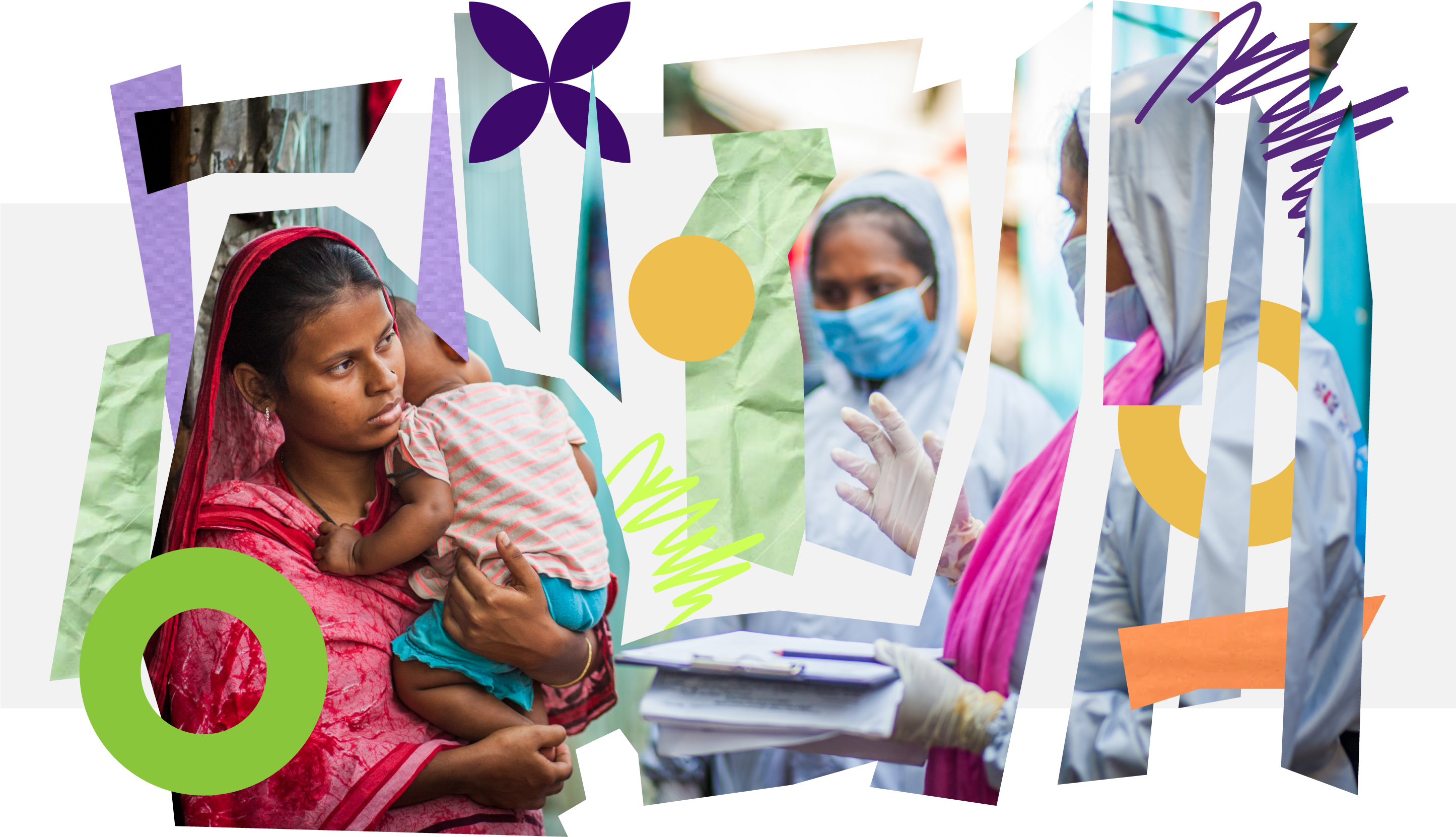

 Locations
Locations







